Orange Tree Fruit Problems: How To Get Fruit On Orange Trees
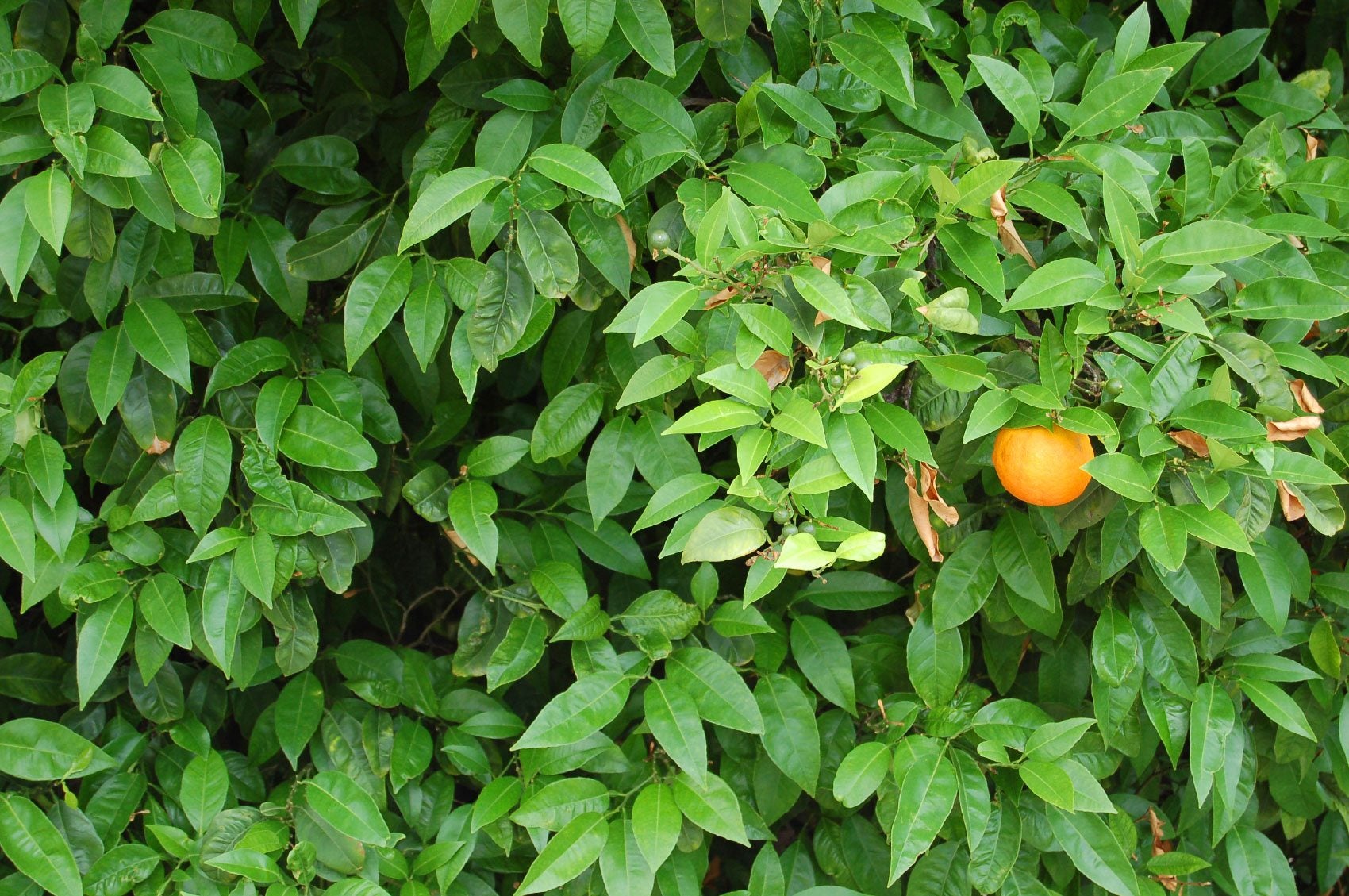

Growing orange trees is a great way to enjoy these sweet, tasty fruits straight from your own garden. What happens when there's no orange tree fruit though? Finding that there are no oranges on trees can be quite alarming, especially after all of your hard work. So why won't an orange tree produce? Let's find out the reasons for an orange tree not fruiting.
Orange Tree Not Fruiting
There are several reasons why an orange tree may have no oranges. On trees that flower but don't produce fruit, the problem may be that the flowers aren't pollinated, especially when they are grown in a protected area such as a sunroom or greenhouse. If the tree doesn't flower, look at the location of the tree and the care it receives.
Orange trees need sun, plenty of water, and regular fertilization. Also consider the age of the orange tree. Fruit is expected three to five years after you plant the tree. Next time you wonder why won't an orange tree produce, you should consider the most common possibilities for your situation. Here are some things that can prevent an orange tree from producing fruit:
- The tree is not old enough to produce fruit
- The tree doesn't receive enough sunlight
- The flowers are not being pollinated
- Cold temperatures that kill the flower buds
- Improper watering, fertilizing, or pruning
How to Get Fruit on Orange Trees
If the tree produces flowers but no fruit, it's possible that the flowers aren't getting pollinated. Give the branches a shake while the tree is in flower to shake loose the pollen and allow it to fall onto the pistil. You'll have to do this regularly over a period of several days.
Did you have unusually cold temperatures or a warm spell followed by a sudden return to cold temperatures? Temperatures can cause the loss of flower buds or prevent the buds from opening. Throwing a blanket over the canopy of small trees may help prevent a crop loss. Proper care results in a healthy tree that produces a good crop.
Water the trees weekly in the absence of rain. Use drip irrigation or water slowly by hand so that the soil has a chance to absorb as much water as possible. If your soil is heavy clay and doesn't absorb moisture well, give water frequently but in smaller amounts.
Orange trees need plenty of nitrogen, but too much prevents flowering. The best way to make sure you are giving your tree the right amount of fertilizer is to use a fertilizer specially designed for citrus trees. Read and follow the label instructions carefully. If your tree is in the lawn, remember that when you fertilize your lawn you are giving the tree an extra dose of high-nitrogen fertilizer. One way to prevent this is to cover the soil over the tree's root zone with mulch so that you don't have grass to fertilize in that area.
Gardening tips, videos, info and more delivered right to your inbox!
Sign up for the Gardening Know How newsletter today and receive a free copy of our e-book "How to Grow Delicious Tomatoes".
Prune young citrus trees to give them good shape and structure. If done properly, the tree will need very little pruning when it is old enough to fruit. Prune mature trees to remove dead and damaged limbs.
Every three or four years, remove branches from the canopy so that you see dappled sunlight under the tree. An open canopy that gets plenty of light encourages good production. Removing only part of a branch, called heading back, encourages new growth at the expense of fruit and flowers.

Jackie Carroll has written over 500 articles for Gardening Know How on a wide range of topics.
-
 Looking For Plants To Give You The Soft And Fuzzies? Try These 5 Fuzzy Leaf Plant Options
Looking For Plants To Give You The Soft And Fuzzies? Try These 5 Fuzzy Leaf Plant OptionsLovers of texture, drama, silver foliage and tactile plants will adore these special sensory garden additions. These fuzzy leaf plant options will leave you all aglow
By Susan Albert
-
 Get Ready For A Summer Of Hummers! Grow These Full Sun Hummingbird Plants and Flowers
Get Ready For A Summer Of Hummers! Grow These Full Sun Hummingbird Plants and FlowersIf you’re lucky enough to enjoy a sunny backyard, make sure you are maxing out on your pollinator opportunities and grow these full sun hummingbird plants and flowers
By Tonya Barnett
-
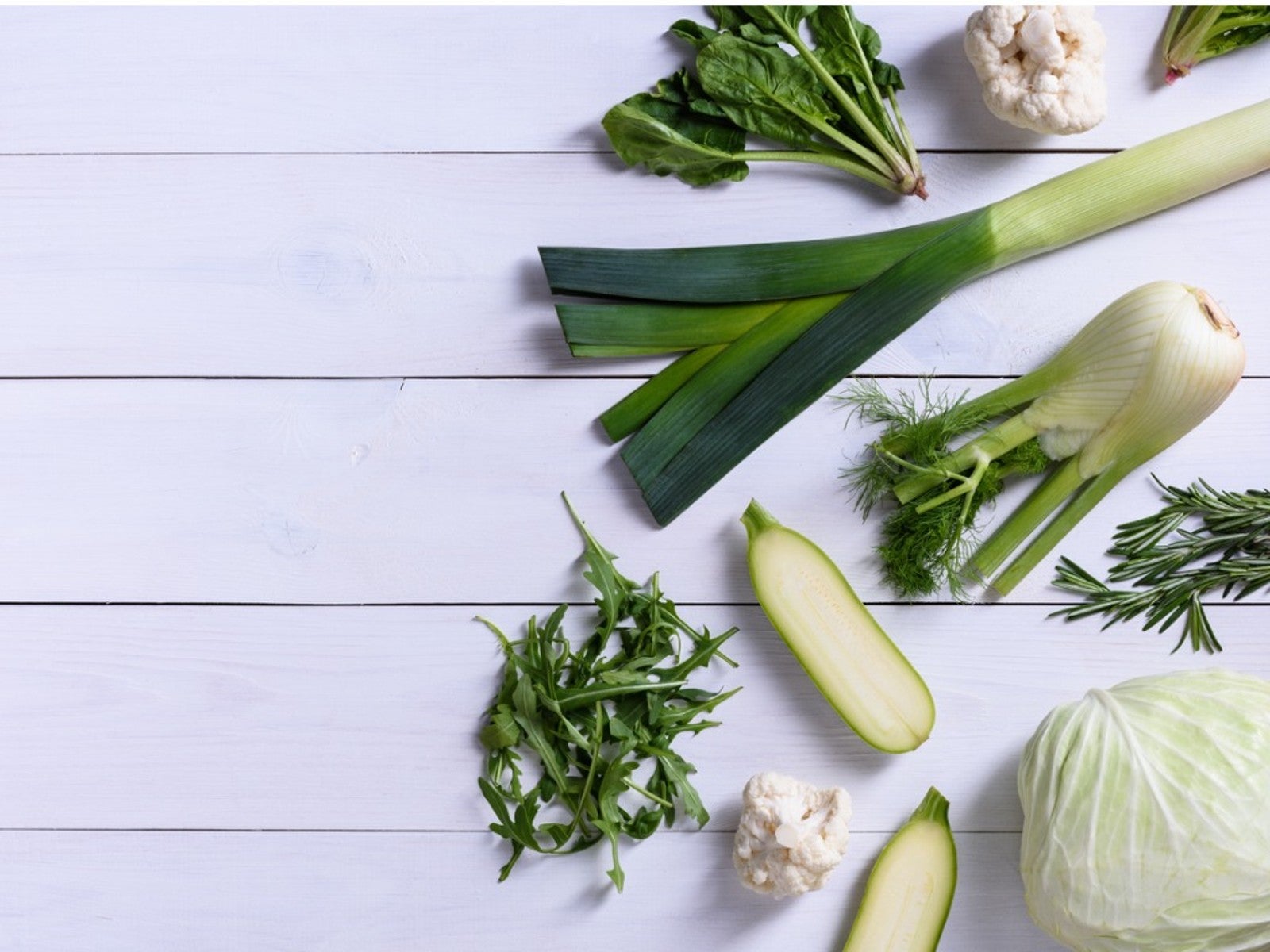 Plants For French Cuisine – Growing French Vegetables In Your Garden
Plants For French Cuisine – Growing French Vegetables In Your GardenA French potager is just a fancy way of saying kitchen garden. Try planting French herbs and vegetables, and in no time you'll be saying bon appétit as you serve your family.
By Bonnie L. Grant
-
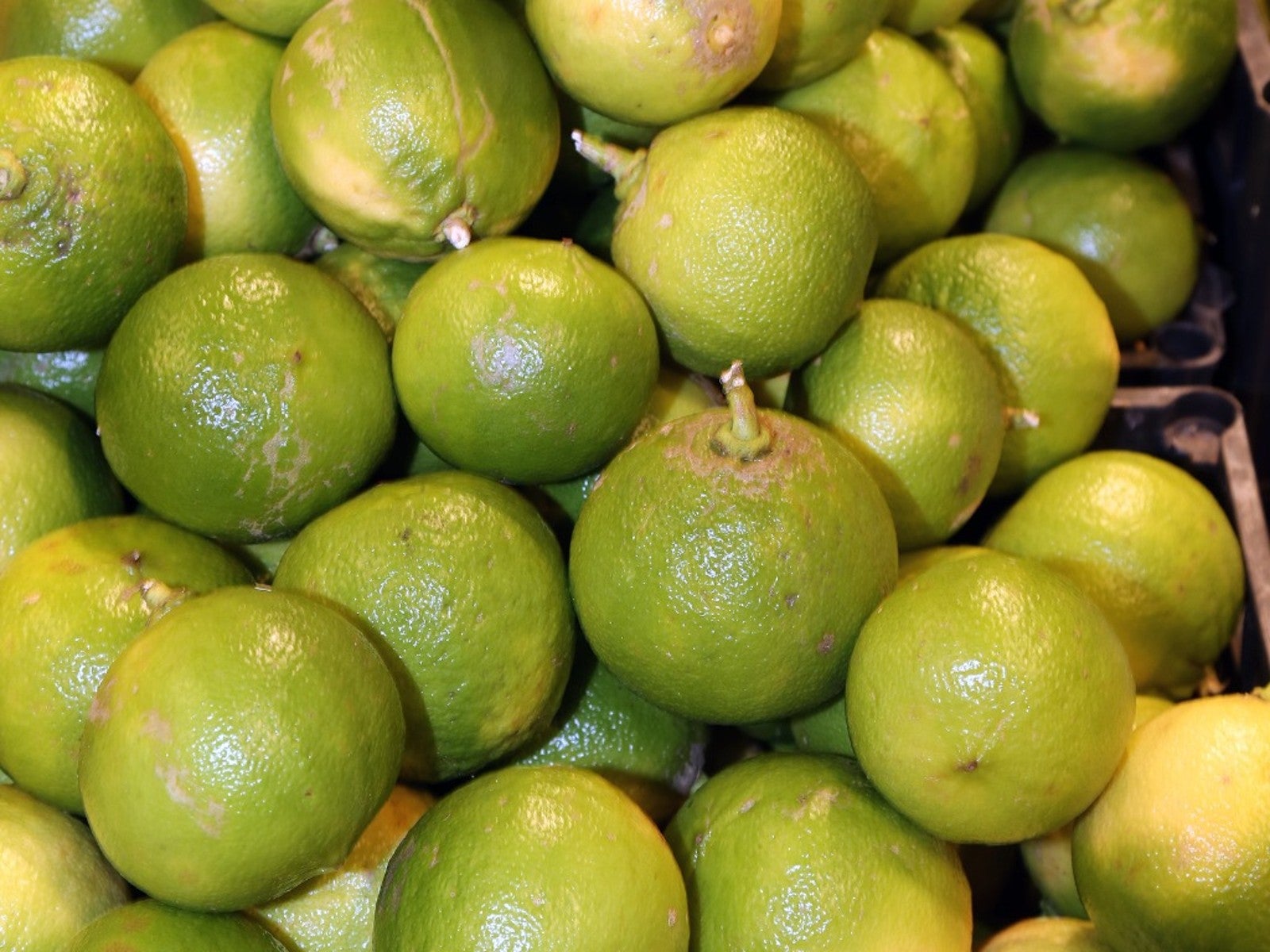 Bergamot Orange Growing Tips – Caring For A Bergamot Orange
Bergamot Orange Growing Tips – Caring For A Bergamot OrangeIf you have ever enjoyed a cup of Earl Grey tea, you know the aroma and flavor of the bergamot orange fruit. Read on for more.
By Mary Ellen Ellis
-
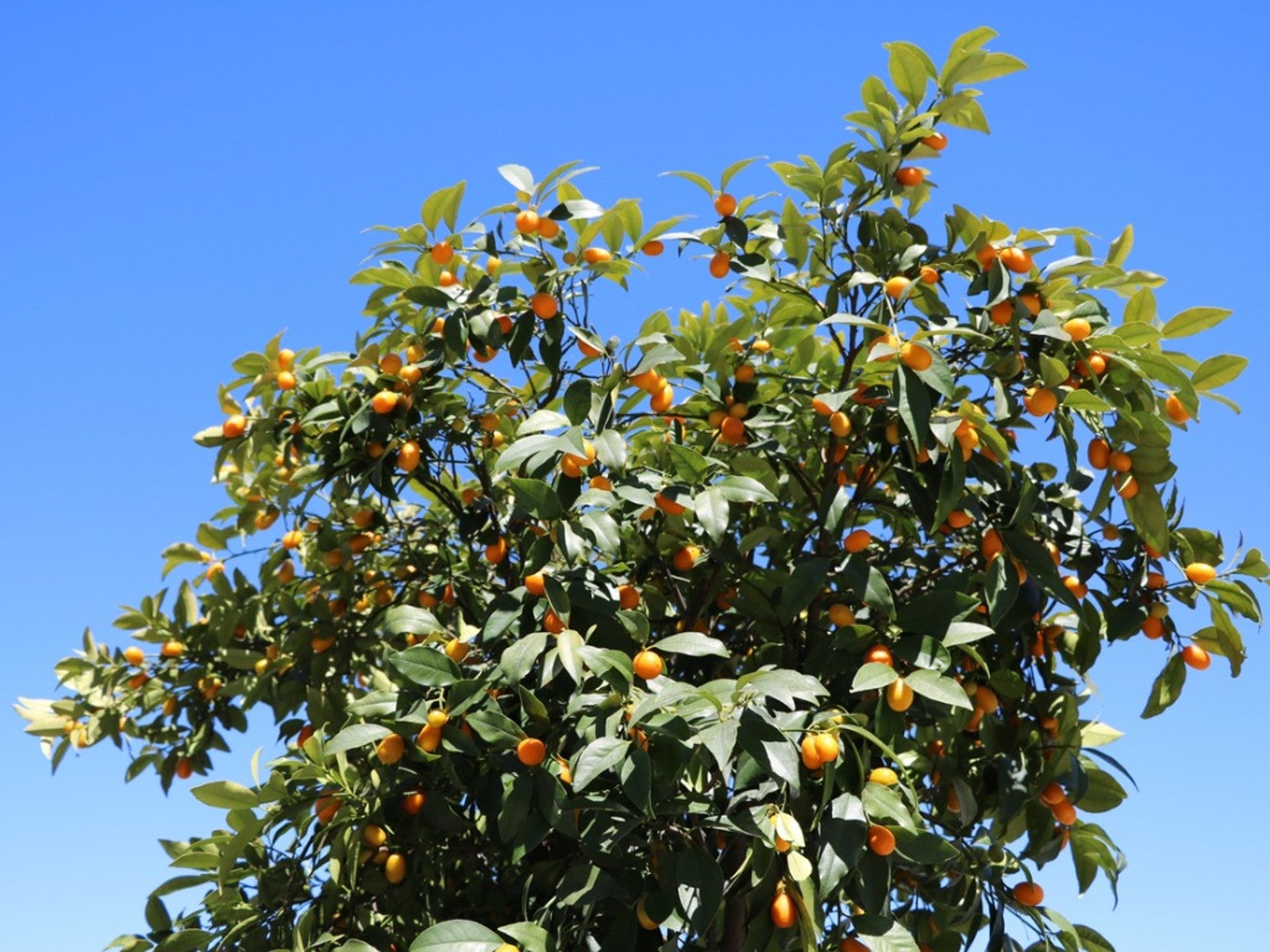 Trovita Dwarf Orange – How To Grow Trovita Orange Trees
Trovita Dwarf Orange – How To Grow Trovita Orange TreesTrovita dwarf orange is an orange tree that can be grown across a wide range of conditions, including indoors. Read on for more.
By Tonya Barnett
-
 Growing Navel Oranges – Learn About Navel Orange Care
Growing Navel Oranges – Learn About Navel Orange CareSweet, delicious, and easy to peel, navel orange is easy to spot because of the partially formed, belly-button-shaped orange that grows at the bottom end of the fruit.
By Mary H. Dyer
-
 Can You Grow Store Bought Oranges - Planting Grocery Store Orange Seeds
Can You Grow Store Bought Oranges - Planting Grocery Store Orange SeedsAnyone looking for a cool indoor gardening project may want to try growing an orange tree from seeds. Click here to learn how.
By Teo Spengler
-
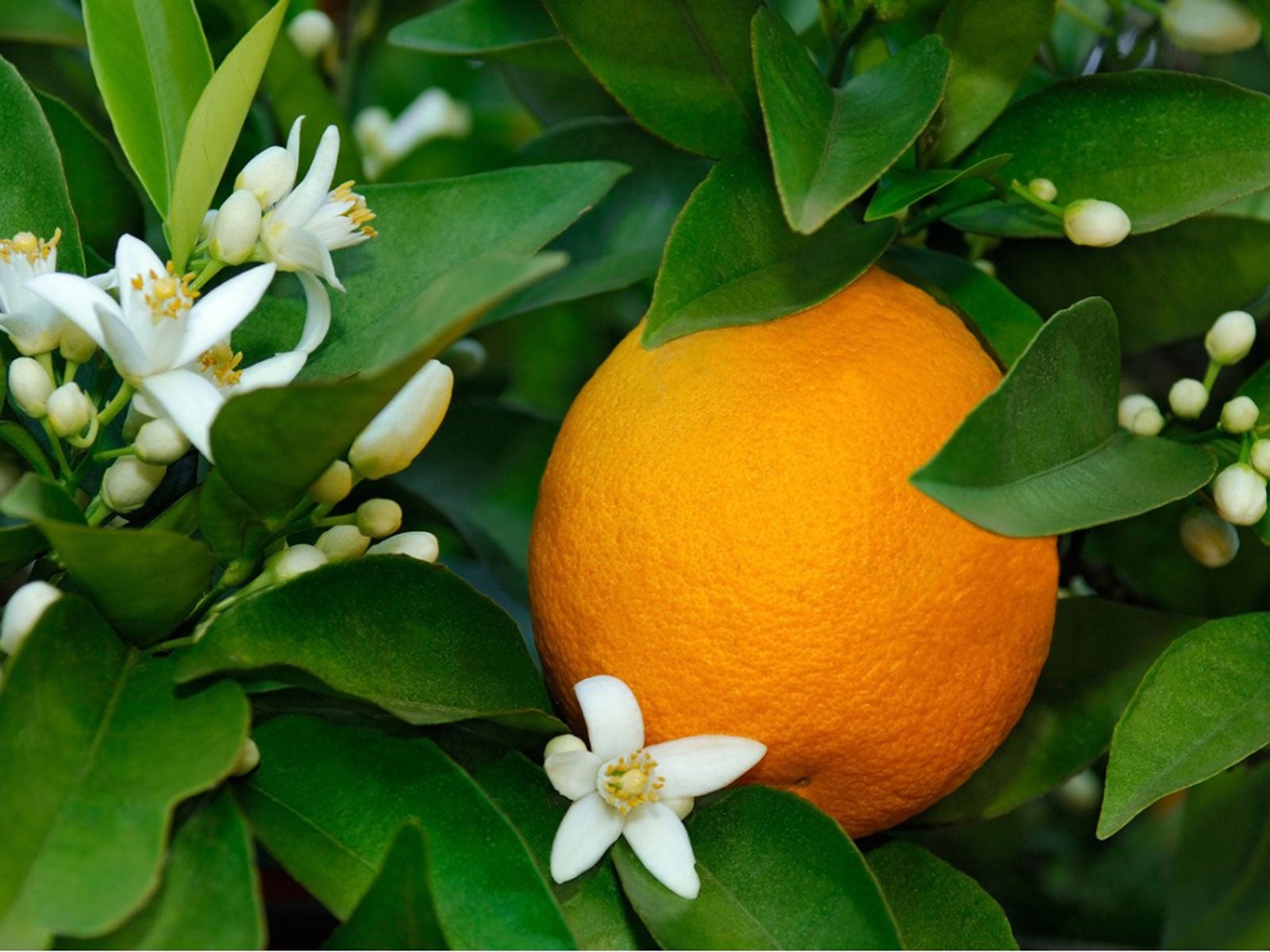 Flowering Orange Harvest: Tree Has Oranges And Flowers At Same Time
Flowering Orange Harvest: Tree Has Oranges And Flowers At Same TimeCan you harvest from a flowering orange tree? Should you allow both waves of fruit crops to come to orange harvest? Find out in this article.
By Teo Spengler
-
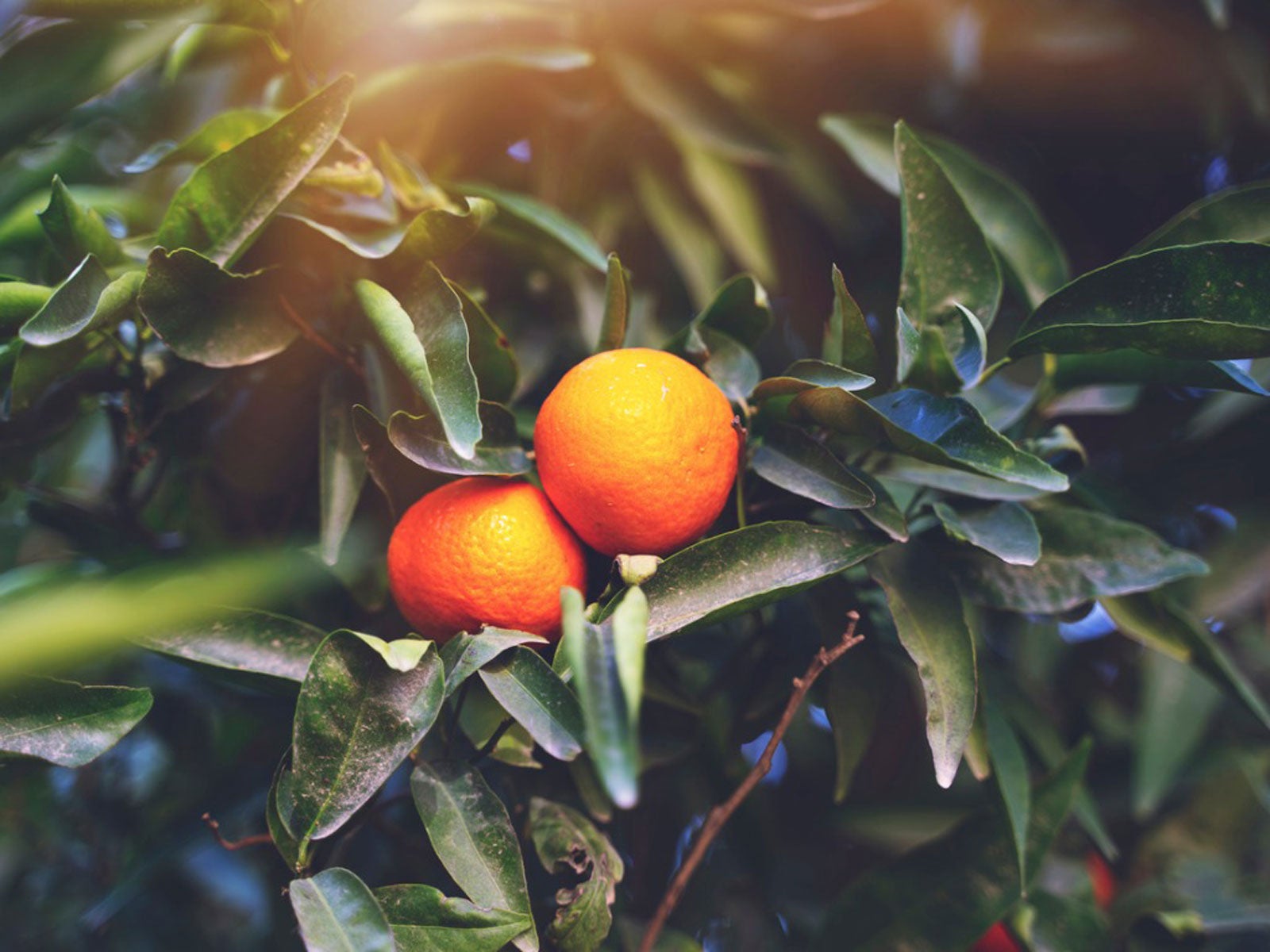 Small Orange Problem – What Causes Small Oranges
Small Orange Problem – What Causes Small OrangesThere are a variety of potential causes for small fruit on orange trees. Click here for an overview of causes of trees with small orange problems.
By Teo Spengler
-
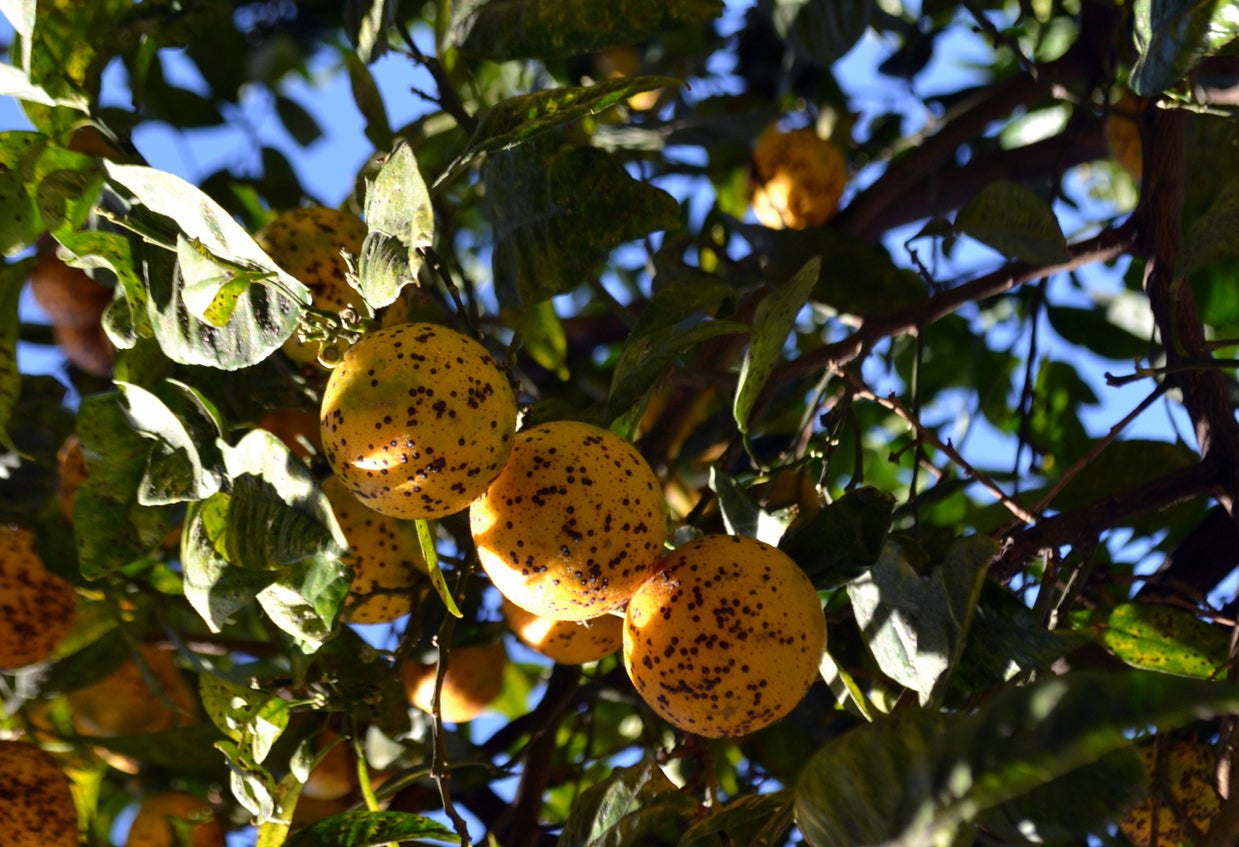 Diseases In Orange Trees: How To Treat A Diseased Orange Tree
Diseases In Orange Trees: How To Treat A Diseased Orange TreeGrowing oranges and other citrus can be a fun hobby for the home gardener, but it can also become derailed by disease. Know some of the main orange disease symptoms so you can catch and manage problems early and still get a great harvest of fruit. This article will help.
By Mary Ellen Ellis